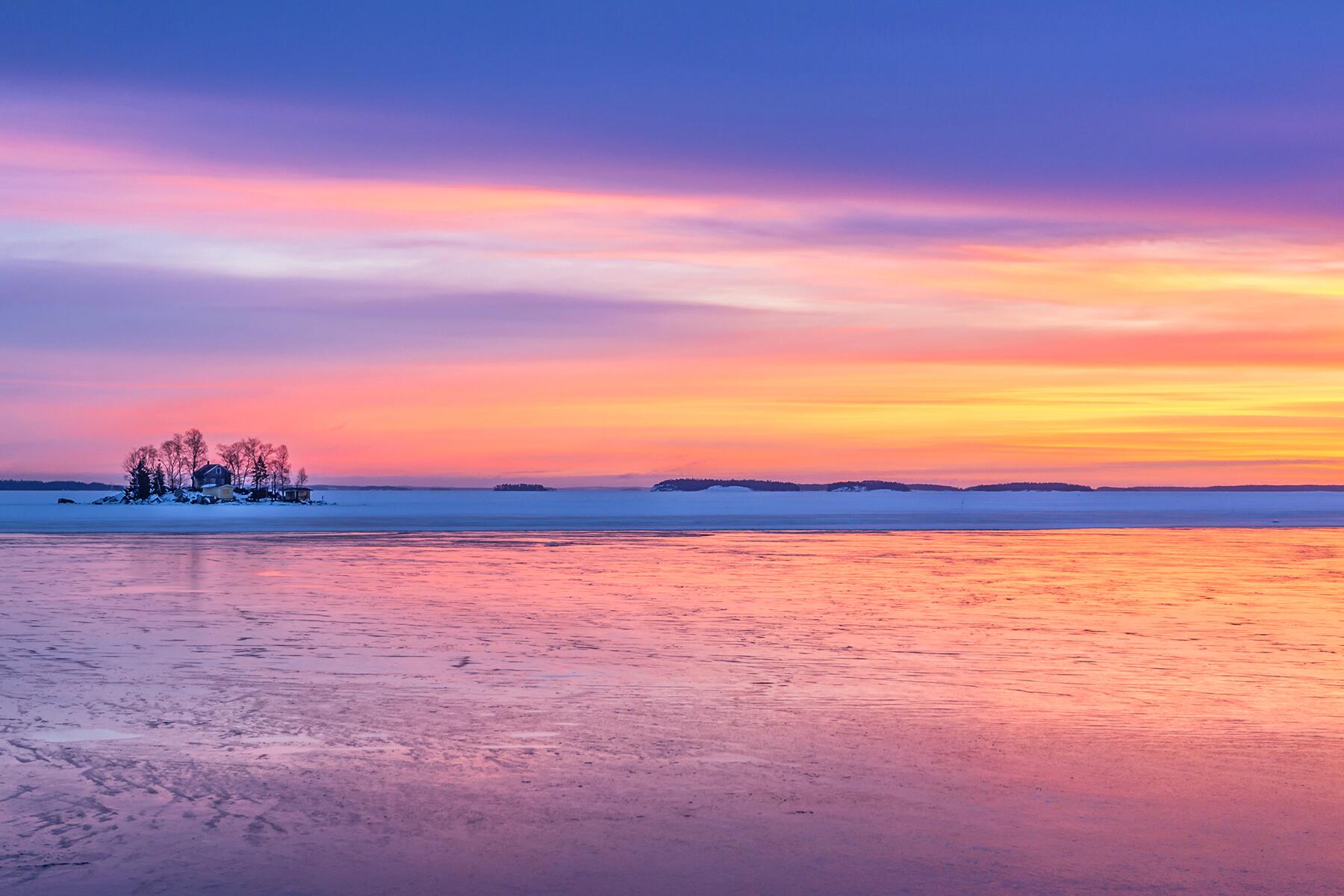These unique, sometimes strange, and even deadly gardens aren't just a bed of roses.
Gardens are some of the world’s most-loved outdoor spaces. They’re a place to stop, reconnect, and reflect on the wonders of our world. But some gardens are much more unique than others.
While botanical gardens offer a look at beautiful plants and the delicacy of nature, these unusual gardens offer things that can’t be seen anywhere else on Earth. Some remind us of the dangers of the natural world. Others show the tenacity of nature in hostile environments. And others are testament to the force of human innovation long after habitation. In any case, these growing spaces are much more than pretty flower beds and deserve a dedicated trip of their very own.





